The long hunt for an ASIO mole
The hunt for a suspected KGB mole in ASIO is a decades-long story of incompetence, bungling and secrecy that saw the mole get away with his crimes.
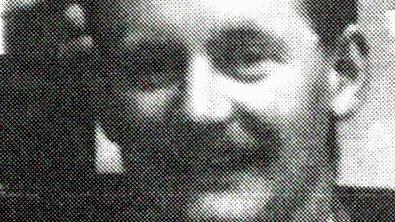
The hunt for a suspected KGB mole in ASIO is a tale of woe more Austin Powers than James Bond.
It is a decades-long story of incompetence, bungling and secrecy that saw the mole get away with his crimes and live a comfortable retirement on Sydney’s northern beaches.
The mole, ASIO officer Ian George Peacock, was never charged for his betrayal of Australia and its allies during the last six years of his 30-year career from 1977 until 1983.
He died in 2006 without ever admitting what he did or divulging what Australian secrets he sold to Moscow.
There was a brief moment in the early 1980s when ASIO could have nabbed Peacock in the act, but its own internal investigations into potential Soviet penetration went nowhere. By the time ASIO and the Keating government launched a more serious investigation into foreign infiltration in 1992, Peacock was almost a decade into a retirement that was richly funded by the former Soviet Union.
The story began in early 1977, when the then KGB station chief in Canberra, Gerontiy Lazovik, received an anonymous letter from someone claiming to have valuable intelligence they were willing to trade for cash.
A sceptical Lazovik sought instructions from Moscow, but it turned out that the offer was genuine: that year, Peacock began to sell intelligence to the KGB for cash paid at dead-drop locations in Sydney.
Lazovik returned to Moscow later that year and in 1980 an overseas intelligence agency told ASIO he had been “awarded a medal for an intelligence recruitment while he was stationed in Australia”.
ASIO launched an internal investigation but it was poorly equipped to investigate itself. After a half-hearted search, it gave up. Lazovik was replaced in 1977 by a new KGB operative, Lev Koshlyakov, who oversaw the running of the mole.
Meanwhile the Soviets had discovered Peacock’s identity and learned he was the supervisor of ASIO’s espionage unit in Sydney, a position that gave him access to all the agency’s counter-surveillance operations as well as to valuable intelligence of allies such the US and Britain.
Peacock, a former RAAF pilot in World War II and a scion of a wealthy Tasmanian family, sold secrets to Moscow until he retired in 1983, but it was not until the fall of the Berlin Wall in 1989 and the collapse of the Soviet Union that ASIO learned definitively that it had been penetrated.
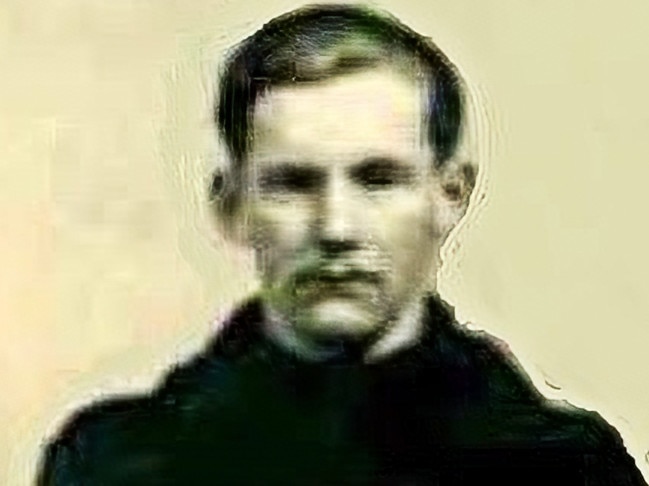
KGB defectors such as Oleg Kalugin and Vasili Mitrokhin provided compelling evidence that there was a mole within ASIO during the 1970s and ’80s and, in 1992, prime minister Paul Keating commissioned former diplomat Michael Cook to write a report into the likely penetration of ASIO and who the suspected mole might be.
Kalugin, a former KGB general, wrote that the KGB had “excellent sources in Australia” and in 1977 “an Australian sent a letter to our embassy in Canberra, enclosing top-secret documents and requesting that payment be made to a post office box in the capital”.
“This began a fruitful relationship in which the anonymous Australian – in their intelligence agency – supplied us with extremely useful information about ASIO and its American and British partners.”
Mitrokhin had spent his final years in the KGB archives in Moscow scribbling Soviet secrets on to small pieces of paper and smuggling them out in his shoe. One of the 20,000 pieces he smuggled contained the retirement date of the Canberra mole.
ASIO now had a vital clue to help it identify its mole. Yet for some reason it made a mistake and instead tried to prosecute a Russian translator with ASIO called George Sadil, who was found with low-level classified documents at his house.
He was arrested in 1993 on suspicion of espionage but the case went nowhere.
As time went on, ASIO received more clues from former KGB defectors and, at some point in the ’90s, it was finally able to identify Peacock. It made numerous attempts to persuade him to admit to his crimes, but without hard evidence to prosecute him in court, he was never charged.
To this day, neither ASIO nor successive governments have confirmed a mole was identified, despite the CIA, FBI, M15 and M16 long ago openly admitting to having had rats in their ranks.
The Cook report, delivered in 1994, has still never been released.
The only public concession ASIO has made about the mole hunt was in the third volume of the official ASIO history in 2016 when it admitted in vague terms it had been penetrated by a foreign power. It does not disclose the identity of the mole nor discuss what secrets he spilt. Peacock’s name was only revealed by an ABC Four Corners program last year that interviewed former Canadian intelligence officer Dan Mulvenna, who is writing a book on the mole based on interviews with former KGB agents.
Forty years after Peacock’s treason, ASIO will not discuss the issue. The Cold War may be long gone but the embarrassment of its mole still lingers.


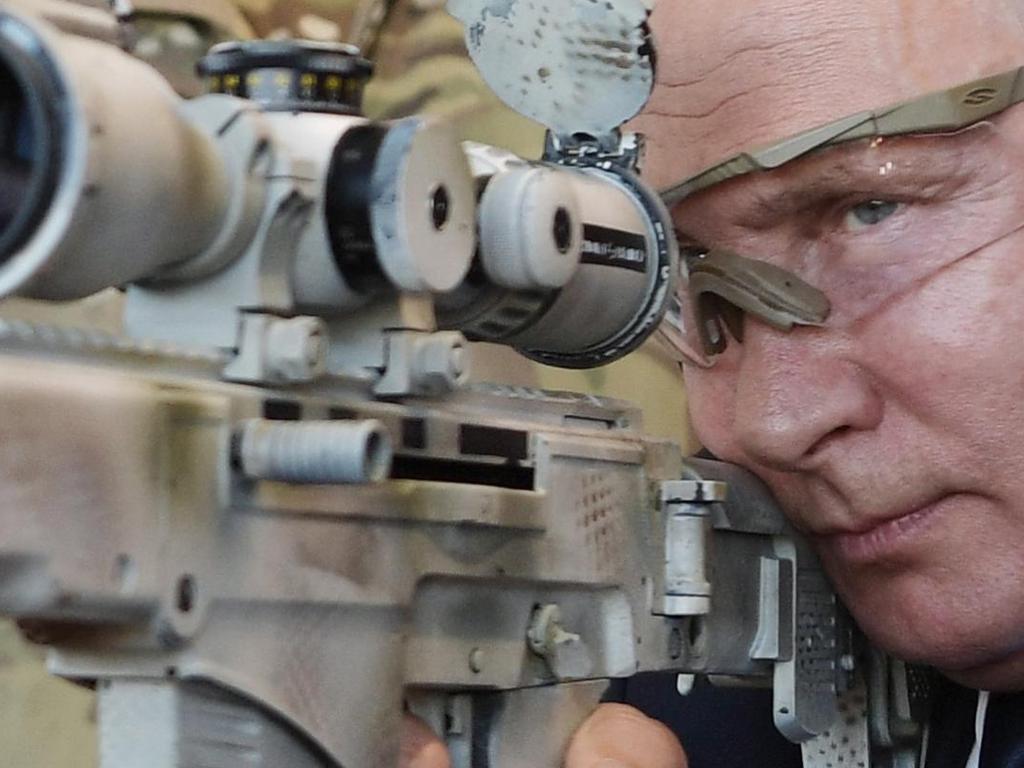

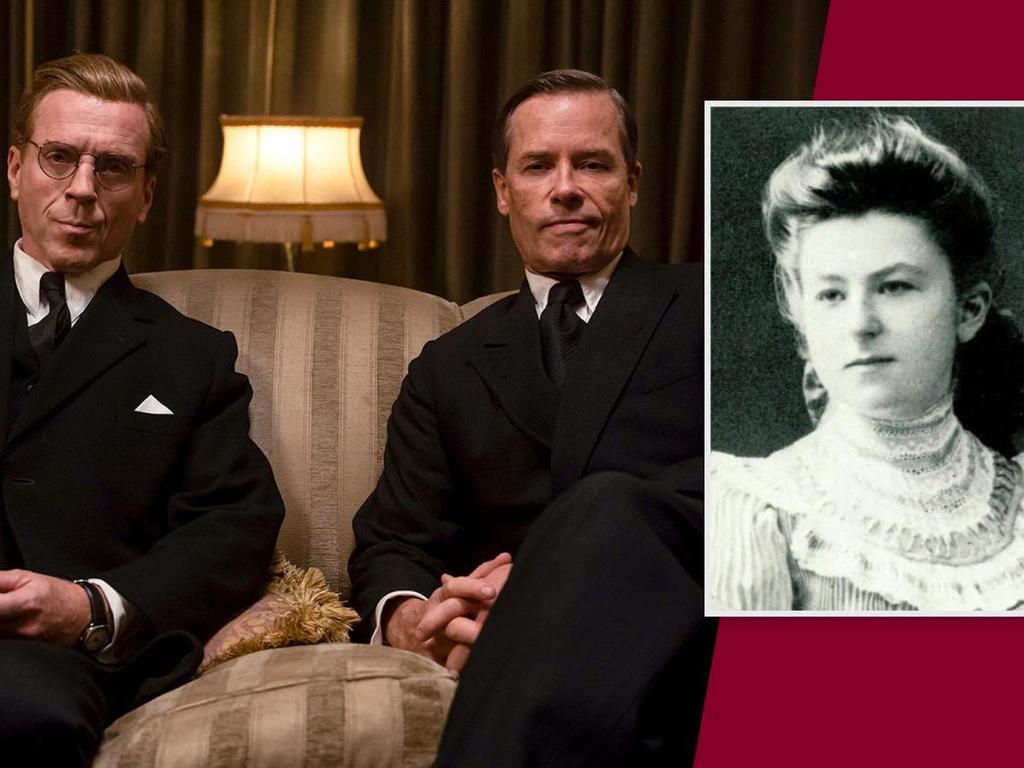
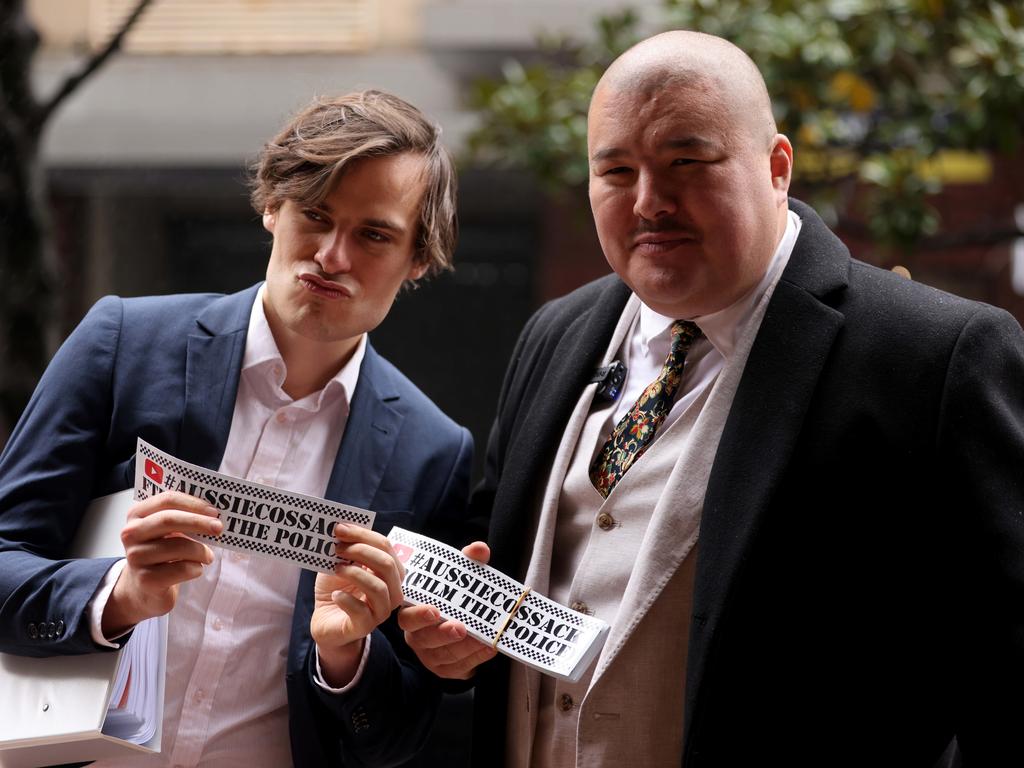
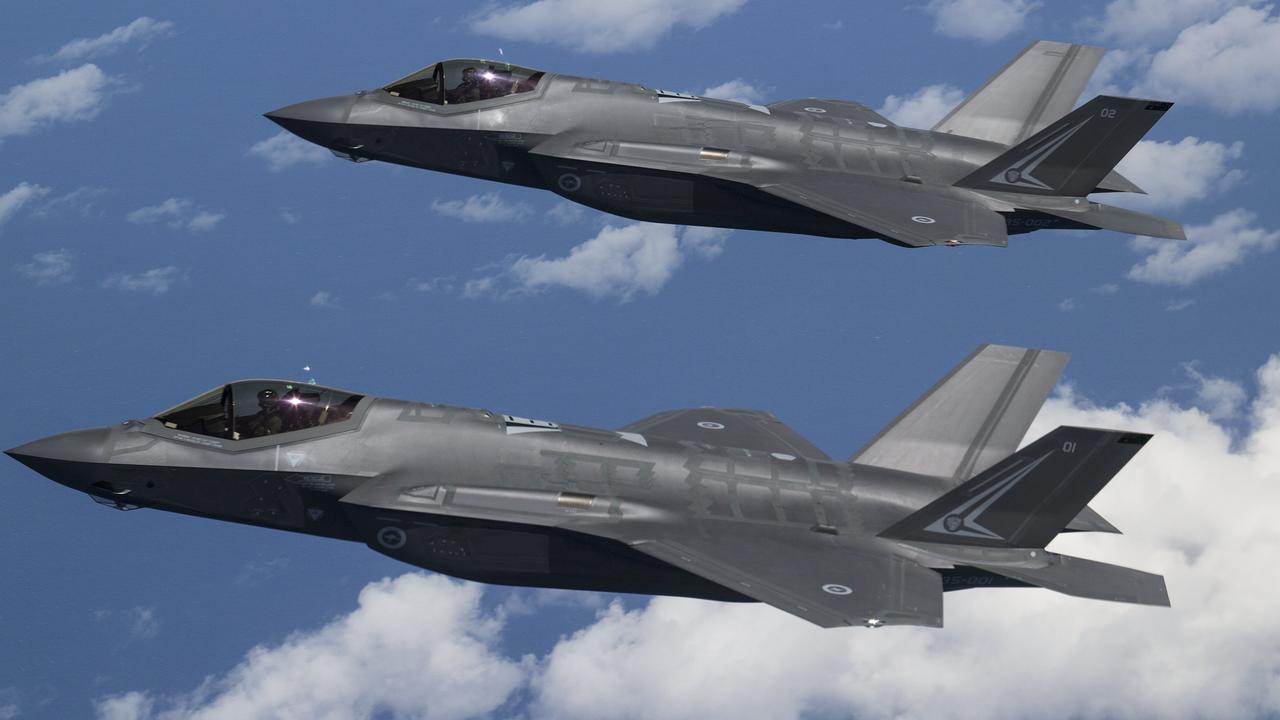

To join the conversation, please log in. Don't have an account? Register
Join the conversation, you are commenting as Logout